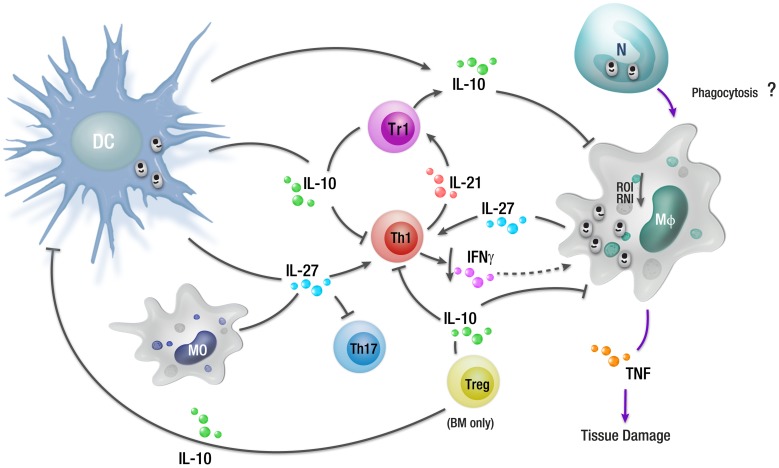Figure 2. Overview of cellular responses during a chronic L. donovani infection.
During an established L. donovani infection, a subset of regulatory DCs in the spleen can produce IL-10 that promotes the expansion of IL-10-producing regulatory T cells (Tr1), as well as inhibiting antimicrobial mechanisms in macrophages and other phagocytic cells (including suppression of ROI and RNI generation). IL-27 produced by regulatory DCs and macrophages, along with T cell–derived IL-21, can drive the differentiation of Th1 cells into Tr1 cells, as well as inhibit Th17 development. IL-10 produced by Tr1 cells can suppress antigen presentation, contributing to T cell dysfunction, as well as down-regulate CD4+ T cell IFNγ production. There has been a report that IL-10 can also be produced by Treg cells in the BM of VL patients. Although uptake of infected neutrophils undergoing apoptosis by macrophages contributes to the establishment of L. major infection in mice, no such mechanism has yet been described during L. donovani infection. Abbreviations: N, neutrophil.

